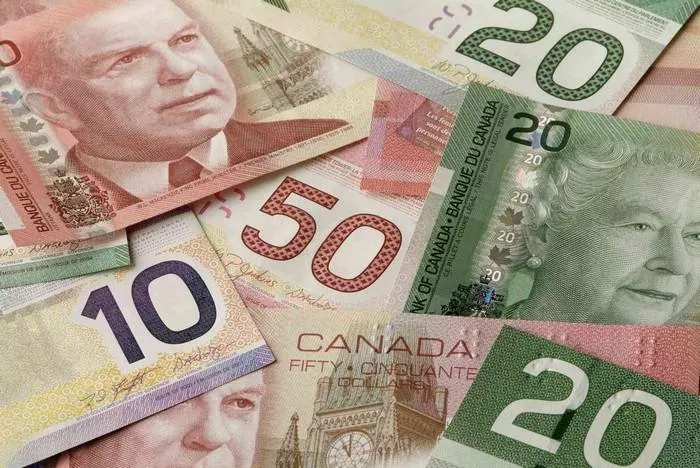The USD/CAD pair is extending its upward momentum for a second straight session, hovering around 1.3840 during Wednesday’s Asian trading hours. The US Dollar (USD) remains buoyed by revived optimism over easing US-China trade tensions, lending support to the currency pair.
Investors are now closely watching the upcoming release of the US Personal Consumption Expenditures (PCE) Price Index for March and Canada’s February GDP figures—key economic indicators that could influence near-term currency movement.
Positive sentiment was further bolstered after US President Donald Trump signaled a willingness to scale back tariffs on Chinese imports. Simultaneously, China announced tariff exemptions for select US goods previously subject to a 125% levy, fueling hopes of a potential breakthrough in the protracted trade standoff between the two economic giants.
However, not all economic signals are upbeat. US labor market data released Tuesday showed signs of softening. The Job Openings and Labor Turnover Survey (JOLTS) reported job vacancies fell to 7.19 million in March, down from a revised 7.48 million in February and missing the consensus forecast of 7.5 million. This represents the weakest reading since September 2024, pointing to a cooling labor market amid persistent economic uncertainties.
On the Canadian side, the loonie remains under pressure following a narrow Liberal minority win in the federal election. Prime Minister Mark Carney will need to secure coalition support to govern, potentially paving the way for selective fiscal stimulus measures.
Adding to the cautious tone, the Bank of Canada (BoC) opted to leave its benchmark interest rate unchanged at 2.75%. Policymakers cited persistent core inflation and concerns over divergent economic outcomes—ranging from a US-led slowdown to stagnation in the absence of tariff support—as reasons for holding rates steady. The decision tempered market expectations for near-term monetary easing.
Related Topics:
- Why Doesn’t Canada Have a $1 Dollar Bill?
- Why Does Canada Have Its Own Dollar?
- Are Canadian Dollars Accepted in the US?


